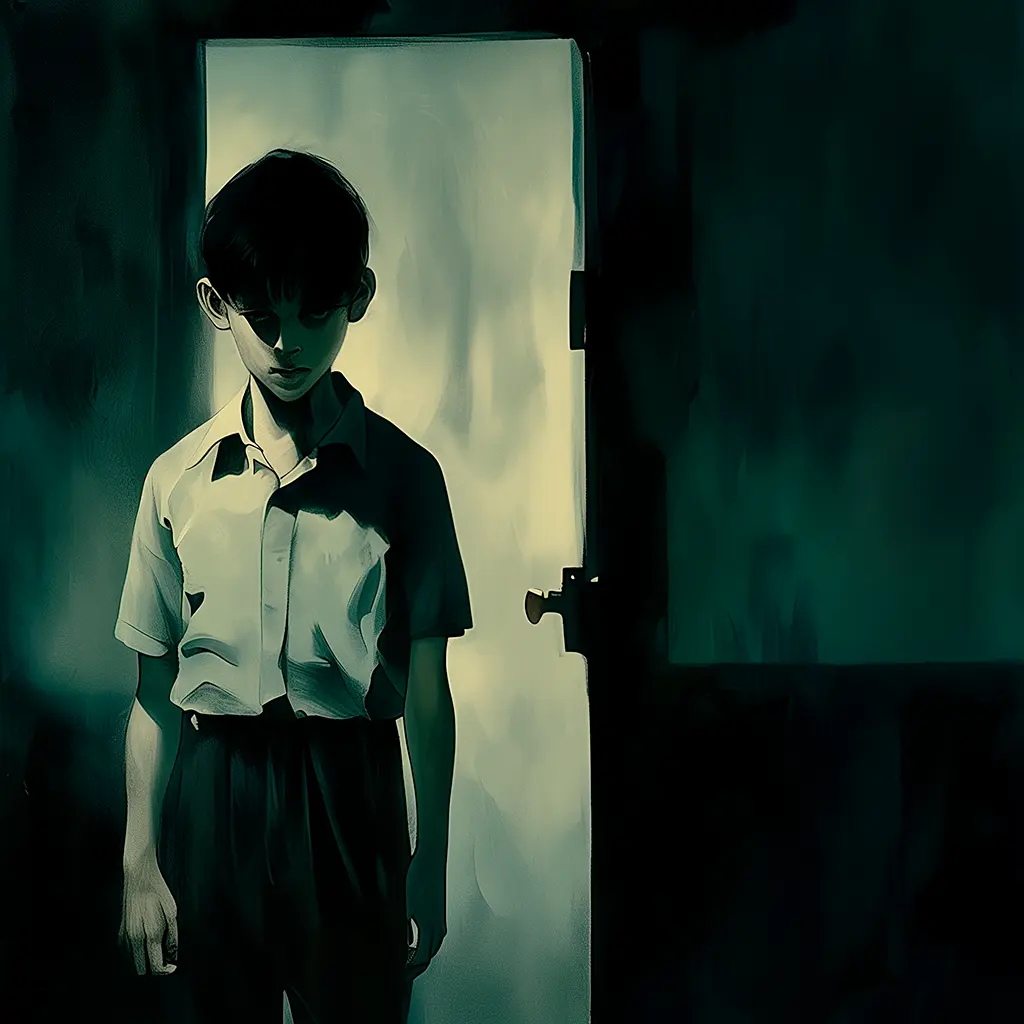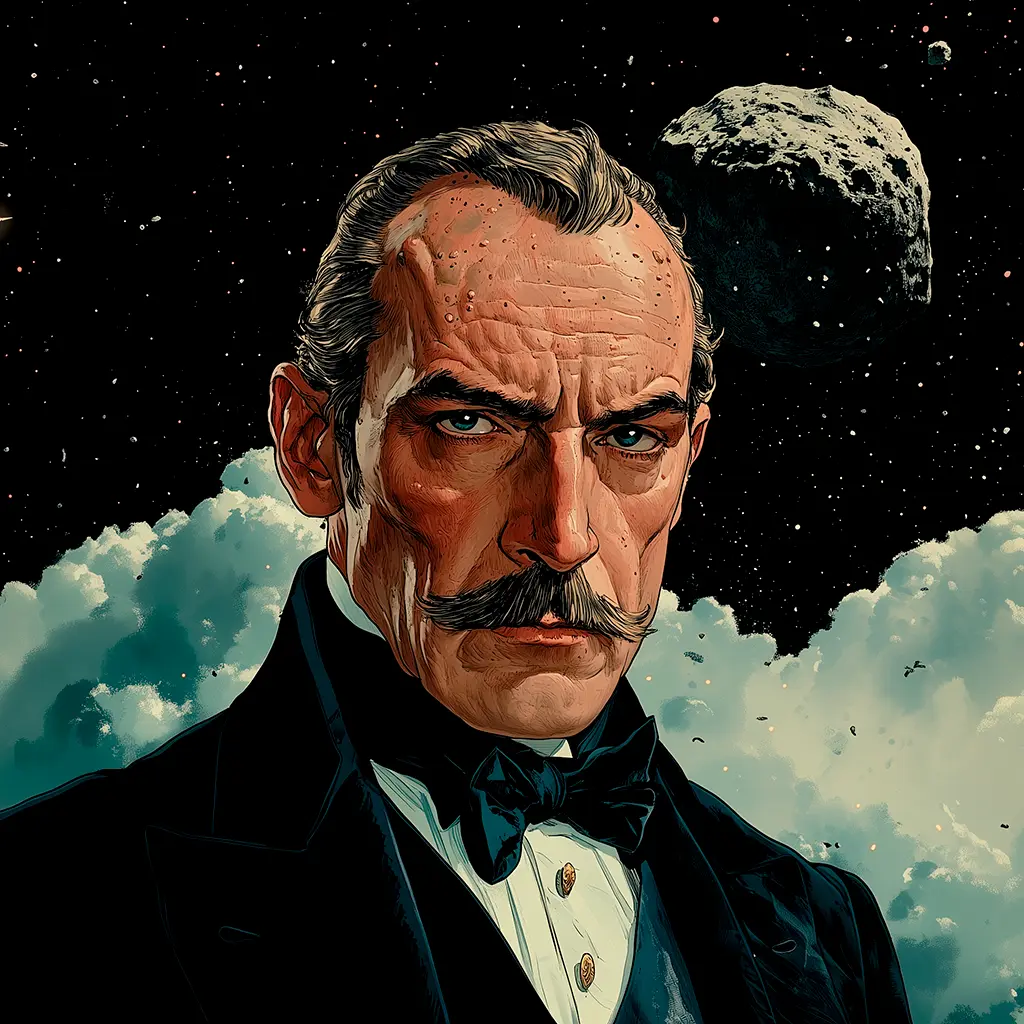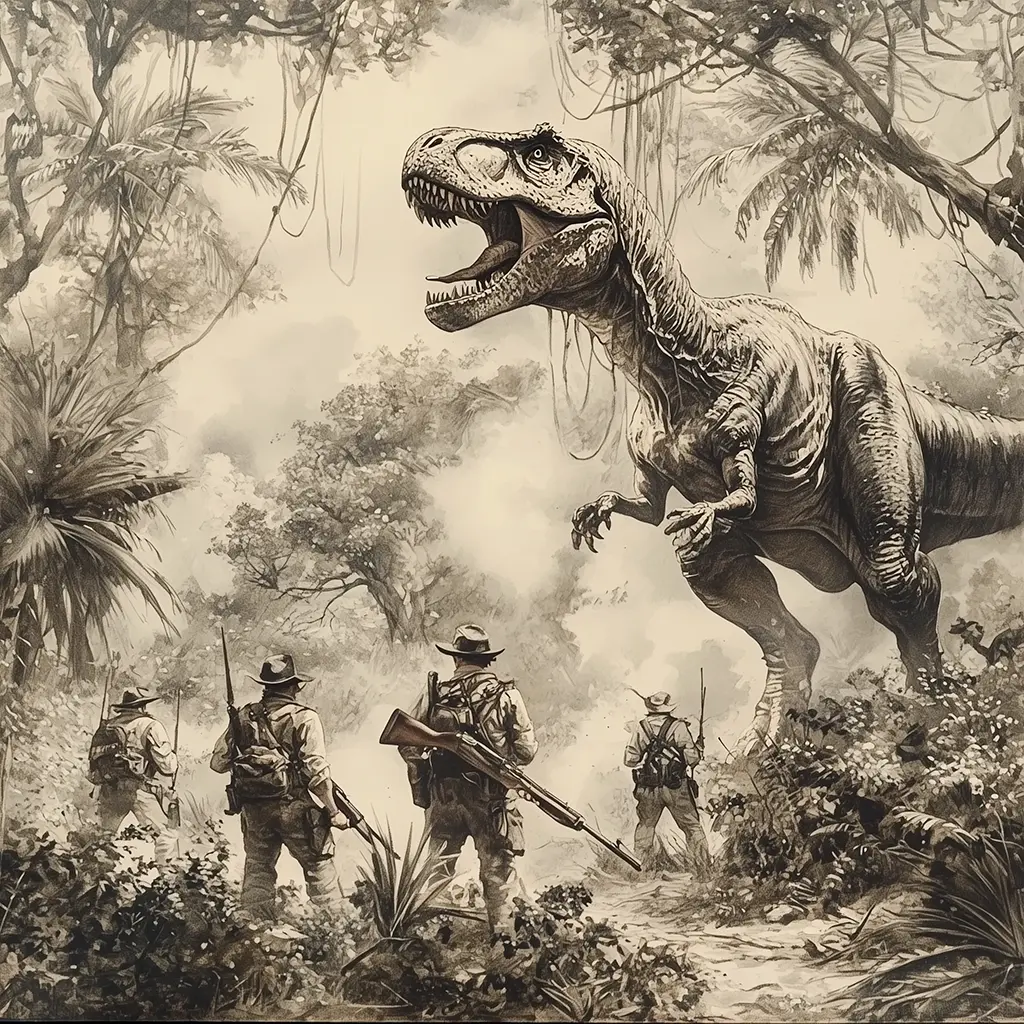Richard Matheson: Dress of White Silk
In “Dress of White Silk” by Richard Matheson, a young girl under the care of her grandmother is obsessed with her deceased mother’s white silk dress. The grandmother forbids her to enter her mother’s room, but the girl constantly disobeys to feel a connection to her mother through the dress. One day, her friend Mary Jane challenges her to prove the existence of the dress. When the girl finally shows it, a confrontation erupts, triggering a disturbing event.





